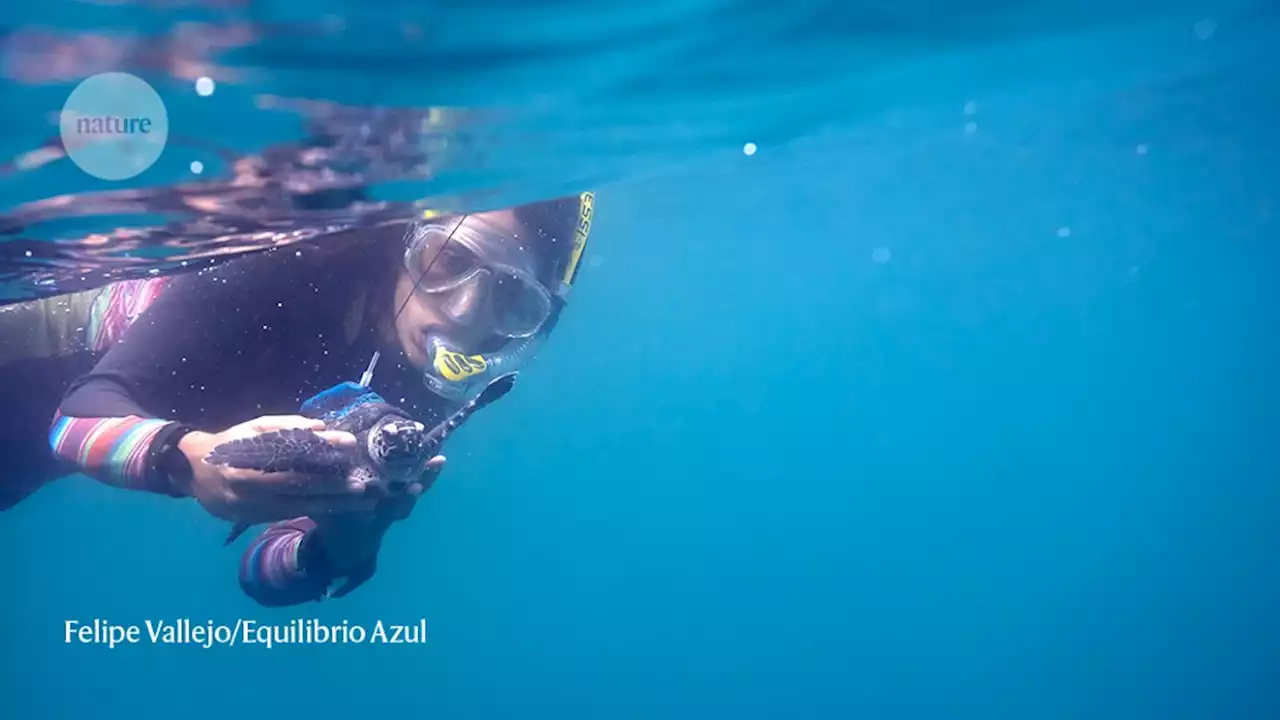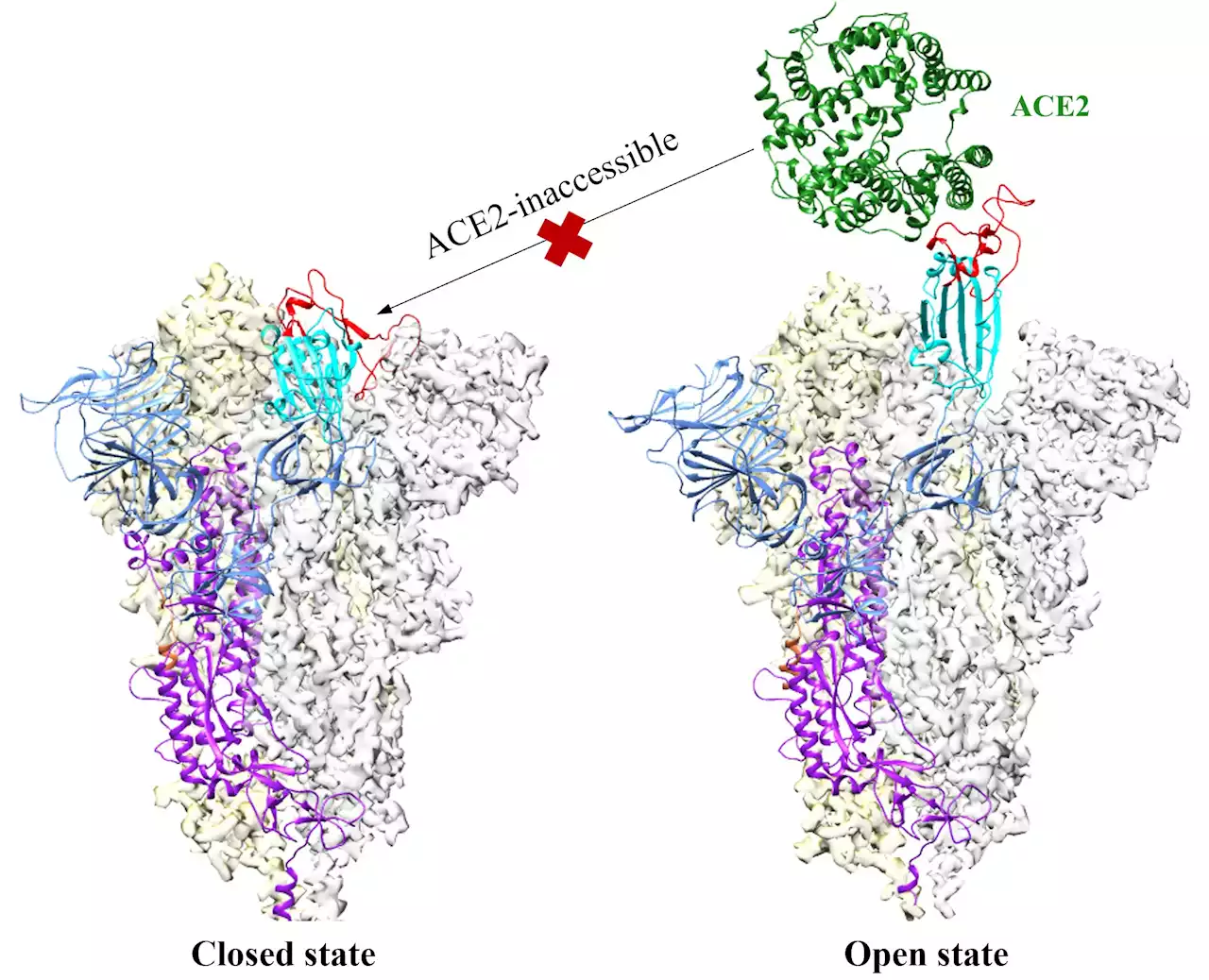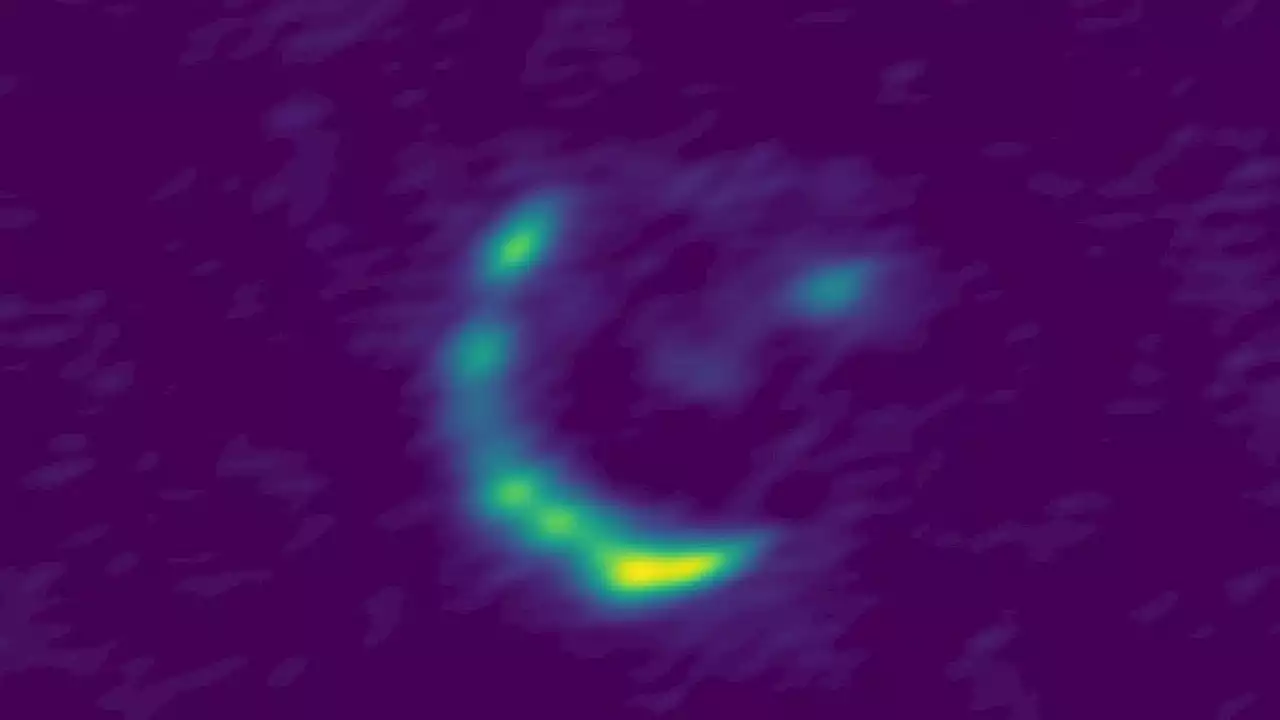Using the ALMA telescope in Chile and Einstein's theory of relativity, scientists observed a young galaxy in the early universe that is invisible in nearly every wavelength.
Researchers have finally revealed the details of an extremely distant and dark galaxy that's been nearly impossible to see — until now.
"Very distant galaxies are real mines of information about the past and future evolution of our universe," lead author Marika Giulietti , an astrophysicist at the International School of Advanced Studies in Italy , said in a statement ."However, studying them is very challenging. They are very compact and therefore difficult to observe. Also, because of distance, we receive very weak light from them.
Because of the vast amount of interstellar dust in the way, however, this particular galaxy was hard to see, even with gravitational lensing. So the researchers turned to the Atacama Large Millimeter/submillimeter Array , a set of 66 radio telescopes in Chile. Because of the way dust absorbs and reemits light, submillimeter telescopes are often used to observe dusty celestial bodies.
United States Latest News, United States Headlines
Similar News:You can also read news stories similar to this one that we have collected from other news sources.
 Einstein’s ‘Doomsday Clock’ shows world closer to catastrophe than ever: UN chief“This is the closest the clock has ever stood to humanity’s darkest hour — closer than even during the height of the Cold War,” Guterres said.
Einstein’s ‘Doomsday Clock’ shows world closer to catastrophe than ever: UN chief“This is the closest the clock has ever stood to humanity’s darkest hour — closer than even during the height of the Cold War,” Guterres said.
Read more »
 Your Blood Type Affects Your Risk of Early Stroke, Scientists FindPeople with one of the type A blood groups are more likely to have a stroke before the age of 60 compared with people with other blood types, research shows.
Your Blood Type Affects Your Risk of Early Stroke, Scientists FindPeople with one of the type A blood groups are more likely to have a stroke before the age of 60 compared with people with other blood types, research shows.
Read more »
 Scientists Develop Compound That Kills So Efficiently They Named It After Keanu ReevesThe molecules kill some types of fungi 'so efficiently that we named them after Keanu Reeves,' said the lead author of the study.
Scientists Develop Compound That Kills So Efficiently They Named It After Keanu ReevesThe molecules kill some types of fungi 'so efficiently that we named them after Keanu Reeves,' said the lead author of the study.
Read more »
 This baby turtle surprised scientists by swimming against the currentSatellite transmitters help Cristina Miranda to understand the movements and habitats of endangered hawksbill sea turtles in the eastern Pacific Ocean.
This baby turtle surprised scientists by swimming against the currentSatellite transmitters help Cristina Miranda to understand the movements and habitats of endangered hawksbill sea turtles in the eastern Pacific Ocean.
Read more »
 Scientists search for dark matter in the depths of an abandoned gold mineResearchers want to lure a hypothesized particle from outer space to the Sanford Underground Research Facility, housed in a former gold mine in South Dakota.
Scientists search for dark matter in the depths of an abandoned gold mineResearchers want to lure a hypothesized particle from outer space to the Sanford Underground Research Facility, housed in a former gold mine in South Dakota.
Read more »
 Scientists Discover Small Molecules That Successfully Target COVID Spike ProteinsUsing Small Molecules To Keep SARS-CoV-2 Closed for Business The infamous spike proteins on the surface of SARS-CoV-2 help it bind to and enter human cells. Because of their important role in spreading infection, these spike proteins are one of the main targets for COVID-19 vaccines and treatments.
Scientists Discover Small Molecules That Successfully Target COVID Spike ProteinsUsing Small Molecules To Keep SARS-CoV-2 Closed for Business The infamous spike proteins on the surface of SARS-CoV-2 help it bind to and enter human cells. Because of their important role in spreading infection, these spike proteins are one of the main targets for COVID-19 vaccines and treatments.
Read more »
